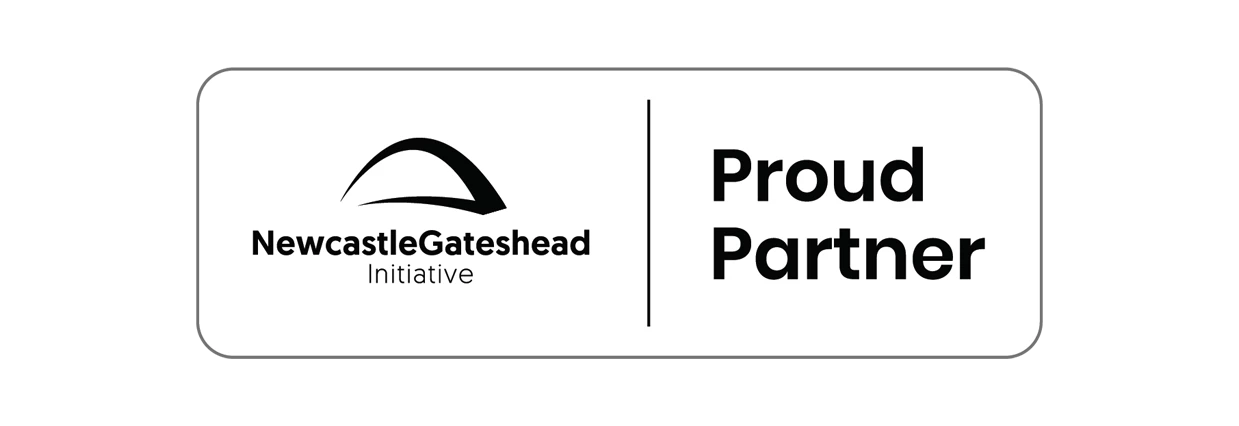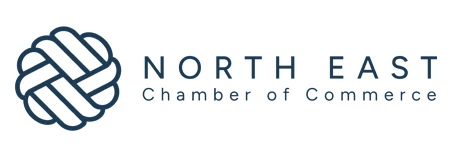Partner Article
Transform Data from a Liability into an Asset
With big data, business leaders have big dreams. Data is collected and magically takes the form of new business insights that drive revenues. And why not dream? Organisations today are massive data factories, generating data in large volumes—sometimes consciously but often not.
In either case, the amount of data is growing rapidly—to the point where it becomes an asset or a liability. Data that is an asset can be easily found, categorised, and used. It has value, either as a business intelligence tool, for risk management, or both. Data that is a liability cannot be easily accessed, is unwieldy, or is of little value. Think of a landfill. For many companies, data is piling up with no place to go. This is where the data dream becomes a nightmare for many companies. Consider that 3% of data today is tagged, and just 0.5% is analysed, says IDC. That’s a lot of landfill.
How do you know your data is becoming a liability? First, employees can’t readily find information they need to do their jobs. If they are resorting to using outside data search platforms like Google or looking through Gmail for company data, you’ve got a problem. Second, if outside requests of data—from regulators to partners and those on the opposing side of litigation—take a long time to fulfill, or can’t be fulfilled at all, that’s a liability. And third, if your data storage costs, and the costs associated with people having to look for data, are going up, that’s a liability.
How then can you turn data from a liability into an asset? Information governance. Information governance enables a cross-departmental approach to optimise the value of information while simultaneously managing associated risks and costs. It helps you keep data, migrate it somewhere, or delete it.
It’s a process that is driven by a combination of technology and people and begins at the point of data creation. The Information Governance process consists of four pillars: data mapping and connectivity, categorisation, predictive governance, and the application of data policies.
Here’s a description of each pillar:
Data mapping and connectivity: It sounds simplistic, but many companies struggle with this first step. You first must know where to find data before you can do anything with it. A high-level data mapping exercise is critical. You must be connected to data so it can be easily accessed.
Indexing and categorisation: Now that you know where the data is, you can determine what it is and where it should go. You’ll be deciding what data is a keeper, what you’re not quite sure of, and what data you can delete. This is how that landfill can be brought down in size.
Predictive governance: This is a combination of machine learning techniques, workflow, and technology that over time automates and supercharges the indexing and categorisation process, making more categories or enriching the ones you have.
Data policies: To oversee the information governance process, you must have policies behind it. Whether your company is unregulated, lightly regulated, or heavily regulated, you need to have policies in place that guide decisions about what data to keep, how long to keep it, and what to discard. These policies must be kept up to date as the business and regulations change and development of them starts even before the technology implementation.
Once an information governance process is implemented, an organisation will see considerable savings in labour time spent and data infrastructure costs. When integrated with ERP and other internal systems, information governance improves business intelligence, driving new and powerful insights about customers and about business processes.
Information governance decreases legal risk. The ability to quickly produce data for a regulatory body or for a court case can’t be underestimated. This year CVS Caremark paid $11 million to settle bad record-keeping allegations. Qualcomm had to pay Broadcom $8.5 million because it was guilty of stonewalling records evidence for a court case.
Those examples show just how important information governance is, not only for business insights and cost savings, but for reputation as well. Transforming your data into an asset is important, but your company’s reputation is the ultimate asset.
This was posted in Bdaily's Members' News section by Nick Patience .








 The real cost of tendering for construction SMEs
The real cost of tendering for construction SMEs
 A welcome step forward – but let’s keep pushing
A welcome step forward – but let’s keep pushing
 Industrial strategy 'can drive business forward'
Industrial strategy 'can drive business forward'
 Industrial strategy 'can be game-changer we need'
Industrial strategy 'can be game-changer we need'
 Driving skills forward with near £100,000 boost
Driving skills forward with near £100,000 boost
 What pension rule changes could mean for you
What pension rule changes could mean for you
 North East can't be an afterthought in AI future
North East can't be an afterthought in AI future
 Understanding the impact of the Procurement Act
Understanding the impact of the Procurement Act
 Is the UK losing ground in life sciences investment?
Is the UK losing ground in life sciences investment?
 Construction workforce growth can't be a quick fix
Construction workforce growth can't be a quick fix
 Why it is time to give care work a makeover
Why it is time to give care work a makeover
 B Corp is a commitment, not a one-time win
B Corp is a commitment, not a one-time win